Recent search efforts have finally ended after a sailor missing at sea for over a month was finally found. The man had intended to take a trip from California to Hawaii by sea and his vessel location got lost along the way.
The search efforts featured the US Coast Guard, a search and rescue mission coordinator, other sailors, and meteorologist experts who were familiar with the weather patterns on the route to his trip.
A Trip from California to Hawaii
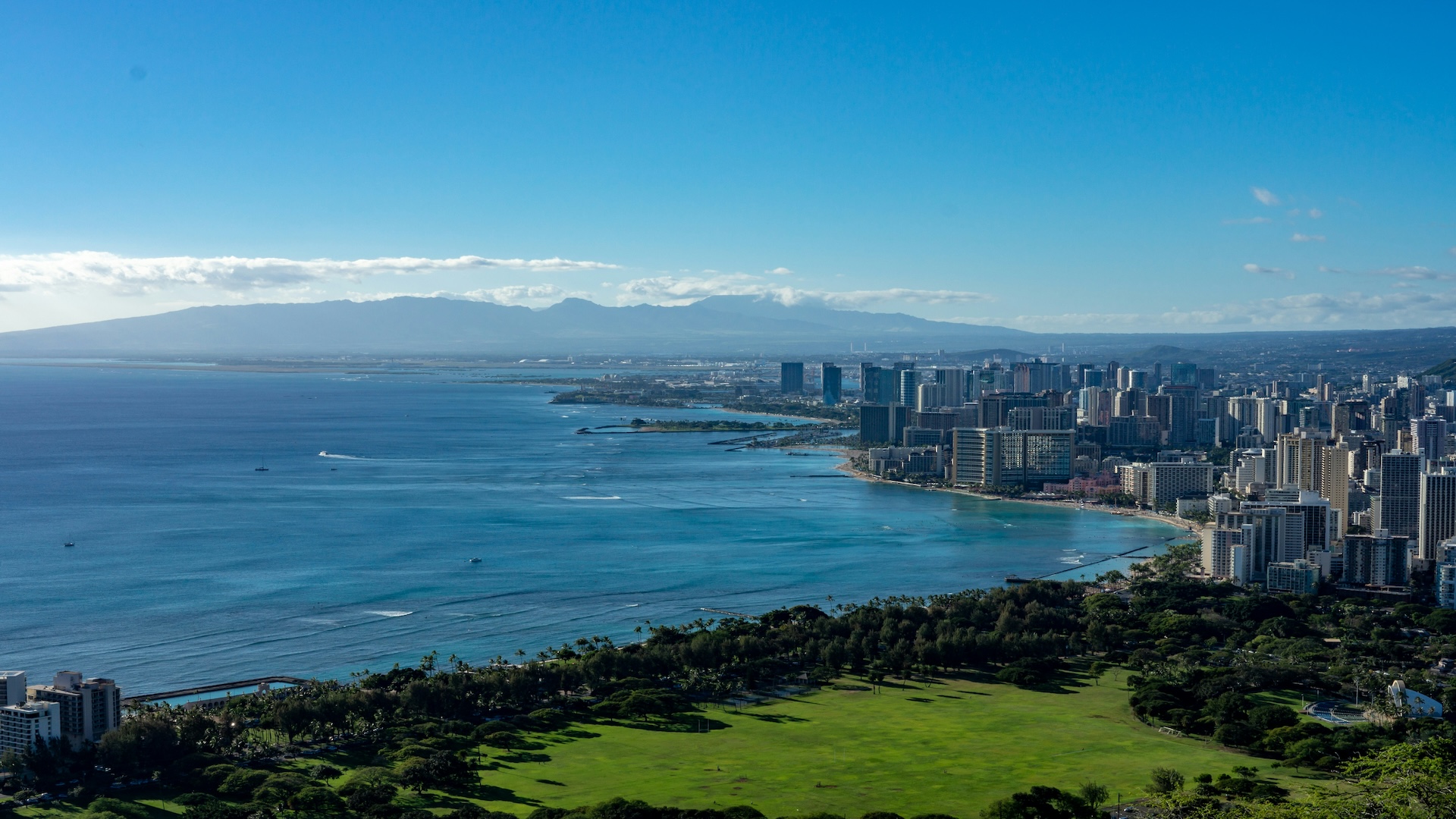
Noel Rubio, a 60-year-old man, had planned a trip from Long Beach, California in December. US Coast Guard officials said he departed from Long Beach on December 28. He was traveling by sea on his sailboat named Malulani. (via The Independent)
Rubio’s boat was expected to make land in Oahu, Hawaii by January 18. However, as the date came and went, his family started to become concerned. Adding to their worries, he had not contacted them for at least 37 days.
Coast Guard’s Statement
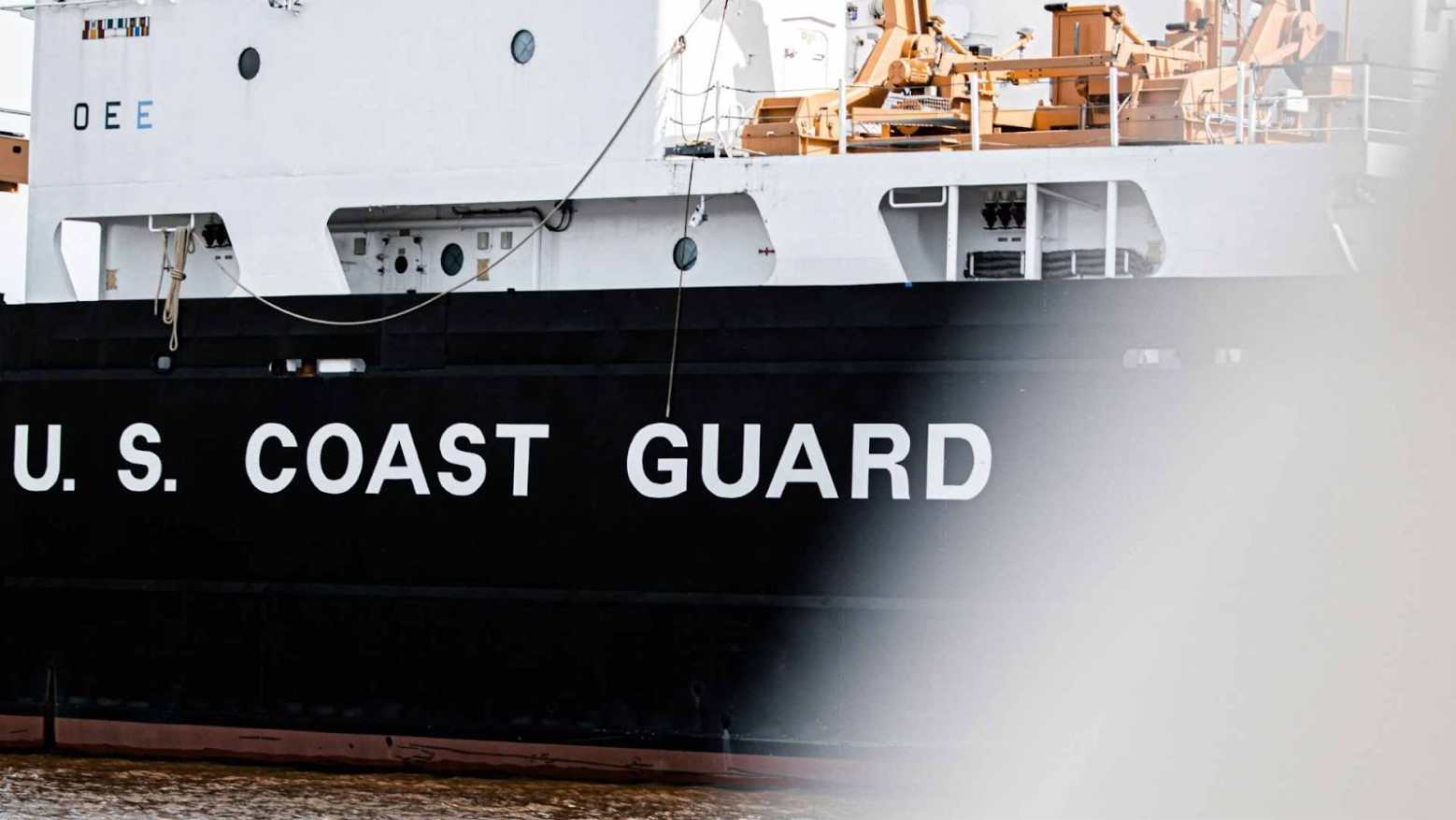
In a February 5th press release, the US Coast Guard confirmed Rubio’s vessel had been found and he arrived safely at his destination.
“The missing individual, 60-year-old Noel Rubio, arrived safely in Hawaii with his sailing boat ‘Malulani’ on Saturday,” the statement said. “The vessel Malulani is a 32-foot Westsail sloop that departed Long Beach, California, December 28 enroute to Kaneohe, O’ahu, Hawaii, crewed by Noel Rubio with a planned arrival date of January 18.”
The Coast Guard Used “All Available Means”
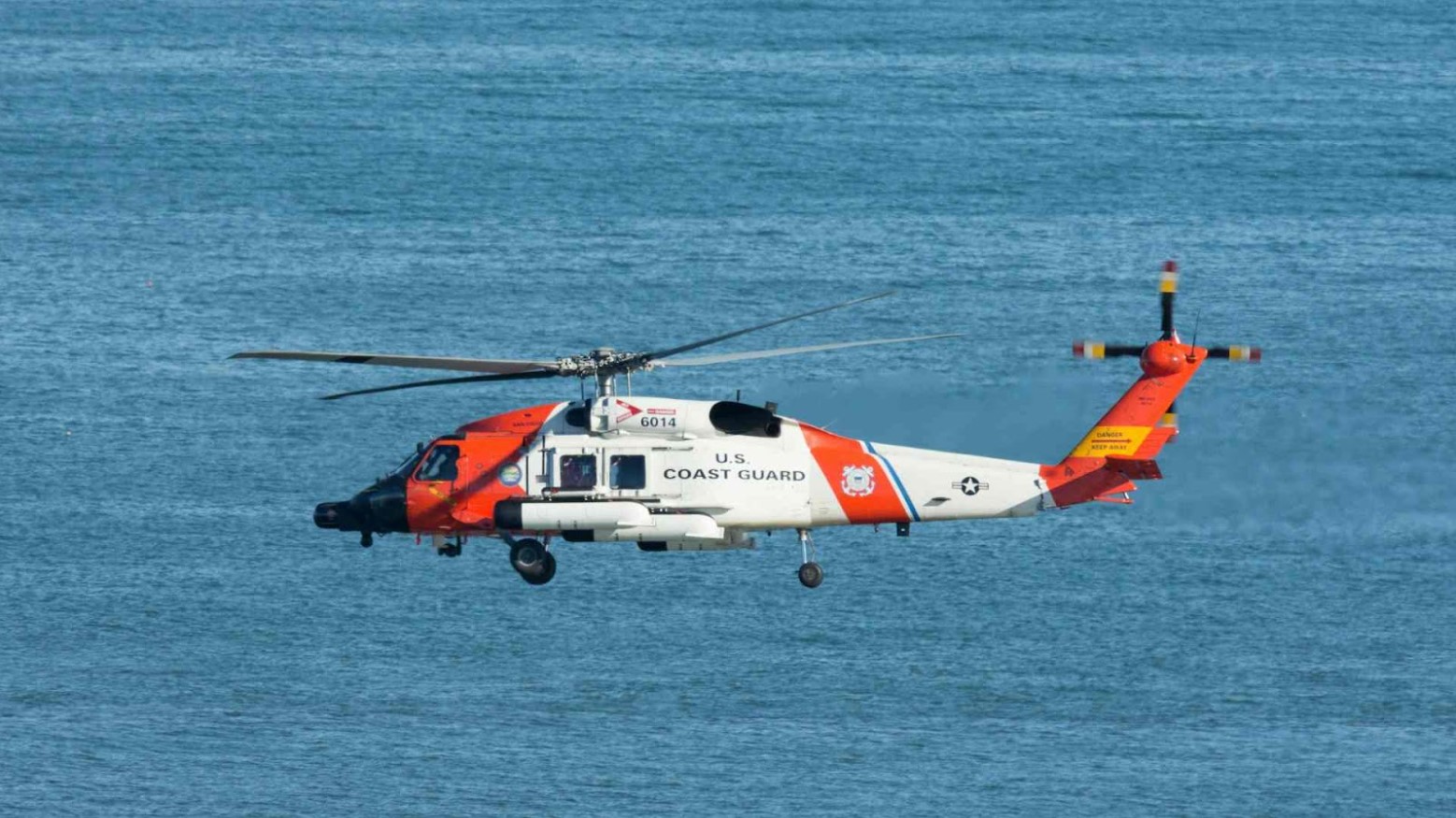
In a statement, the Coast Guard outlined the various methods they used to locate Rubio.
“The Coast Guard used all available means to determine the Malulani’s location, including urgent marine information broadcasts (UMIB) and harbor checks in California, Hawaii, and Mexico,” the statement said. “He last made contact via cellphone December 28, from south of Catalina Island, California informing a friend that he was enroute to Hawaii. The only means of communication aboard the vessel Malulani is a VHF-FM marine band radio.”
The Rescue Efforts Relied on Professional Input
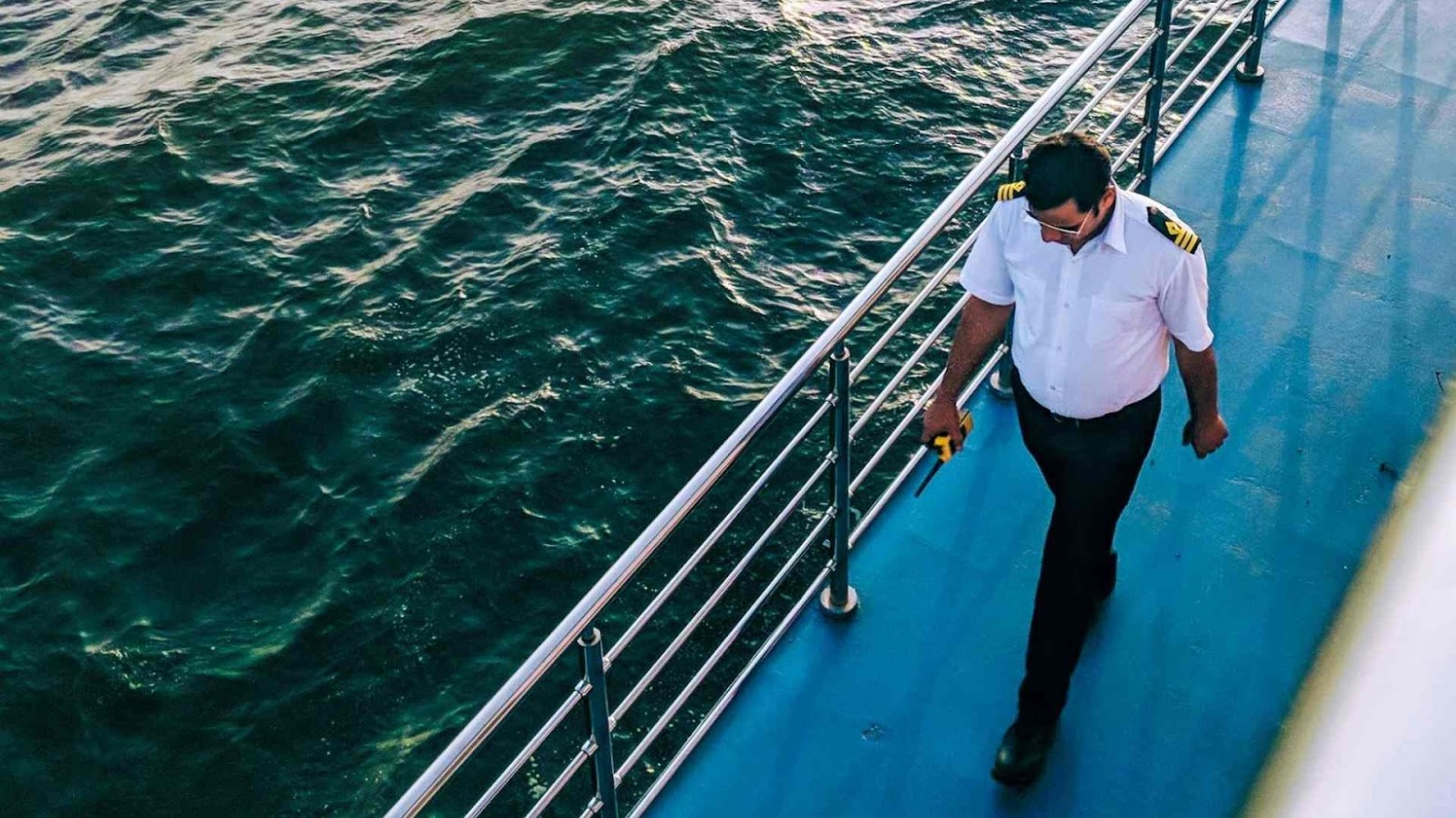
Douglas Samp, a search and rescue mission coordinator, was quoted in the US Guard Statement, thanking expert consultants and sailors for their input. “The Coast Guard is greatly appreciative of the expert consult advice on weather and routes provided by experienced trans-Pacific sailors,” he said.
The search method seemed very effective, given that the Coast Guard only received a notification on Friday and the vessel was located within three days.
US Coast Guard Advocates Multiple Lines of Communication
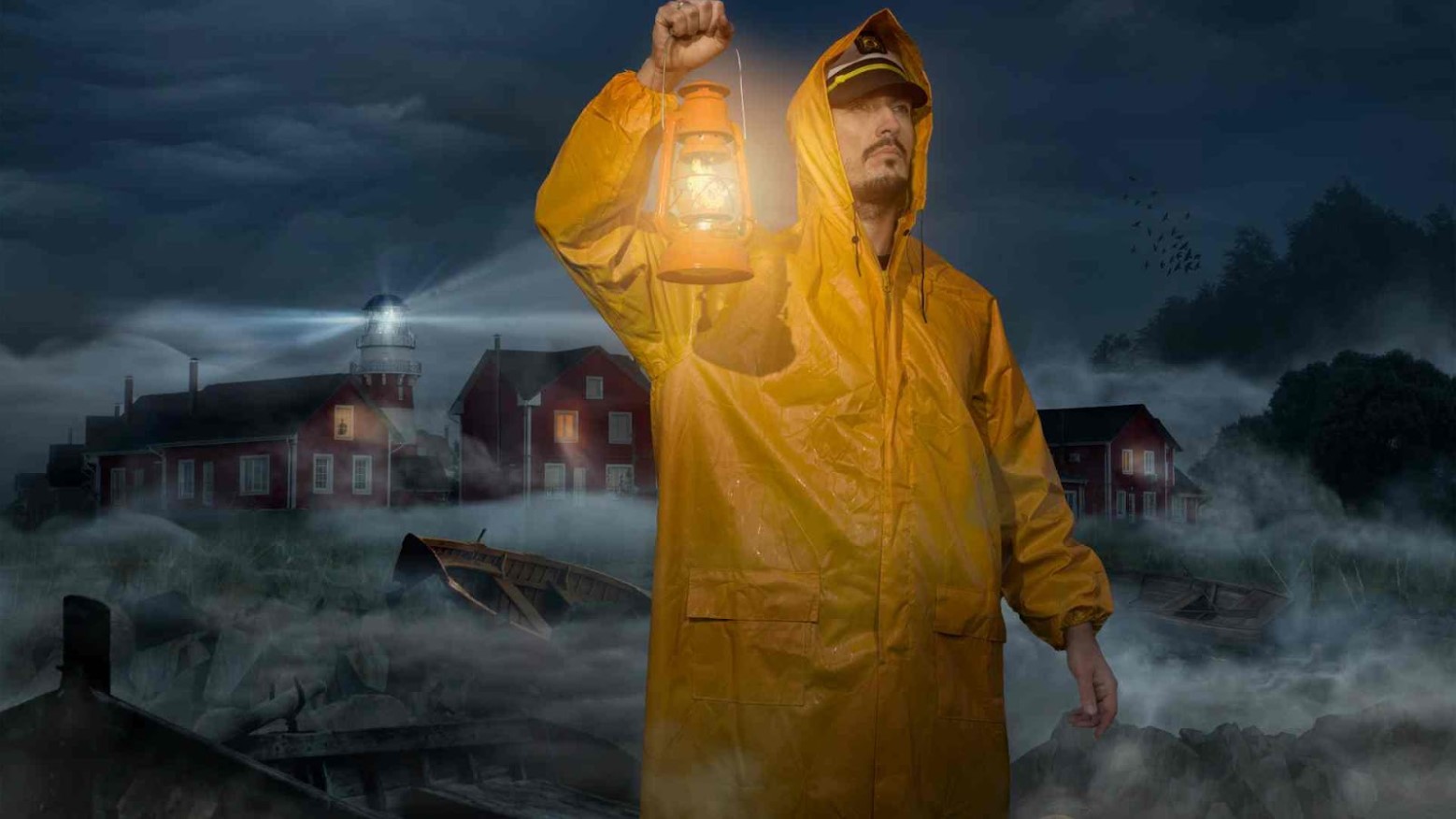
Rubio’s only method of communication was reported to be a marine band radio. In their statement, the Coast Guard recommended multiple forms of communication.
“Mariners intending to conduct an open ocean passage are highly encouraged to have multiple layers of communication, including a VHF-FM DSC radio, HF DSC radio, satellite communications, and a 406Mhz electronic position indicating radio beacon (EPIRB) as the notification of last resort to help SAR authorities locate your position in a time of need,” the statement said.
Is Sailing by Yourself from California to Hawaii Unusual?

While sailing alone over such a large stretch of the ocean may seem unusual to some, it is a common solo trip goal among sailors.
The trip is recommended for sailors who have experience with longer voyages over the ocean. A California-Hawaii trip will likely take between two to four weeks, depending on the route taken. Some sailors recommend taking the trip during early summer when the ocean temperatures are calm and hurricanes haven’t started to roll in yet.
Do Sailors Commonly Get Lost at Sea?

Thanks to modern technology, sailors getting lost at sea is an uncommon occurrence, but it does happen. Since the year 2000, over 24,000 sailors have been reported missing worldwide. (via Gitnux) Only around 2,000 total sailors die on the sea each year globally.
When someone is lost at sea, it is increasingly difficult to find them without GPS coordinates or a line of communication. The earth’s oceans cover approximately 70 percent of the planet, so rescue isn’t as simple as looking for someone’s head above the water.
What Vessels Are Most Commonly Lost at Sea?
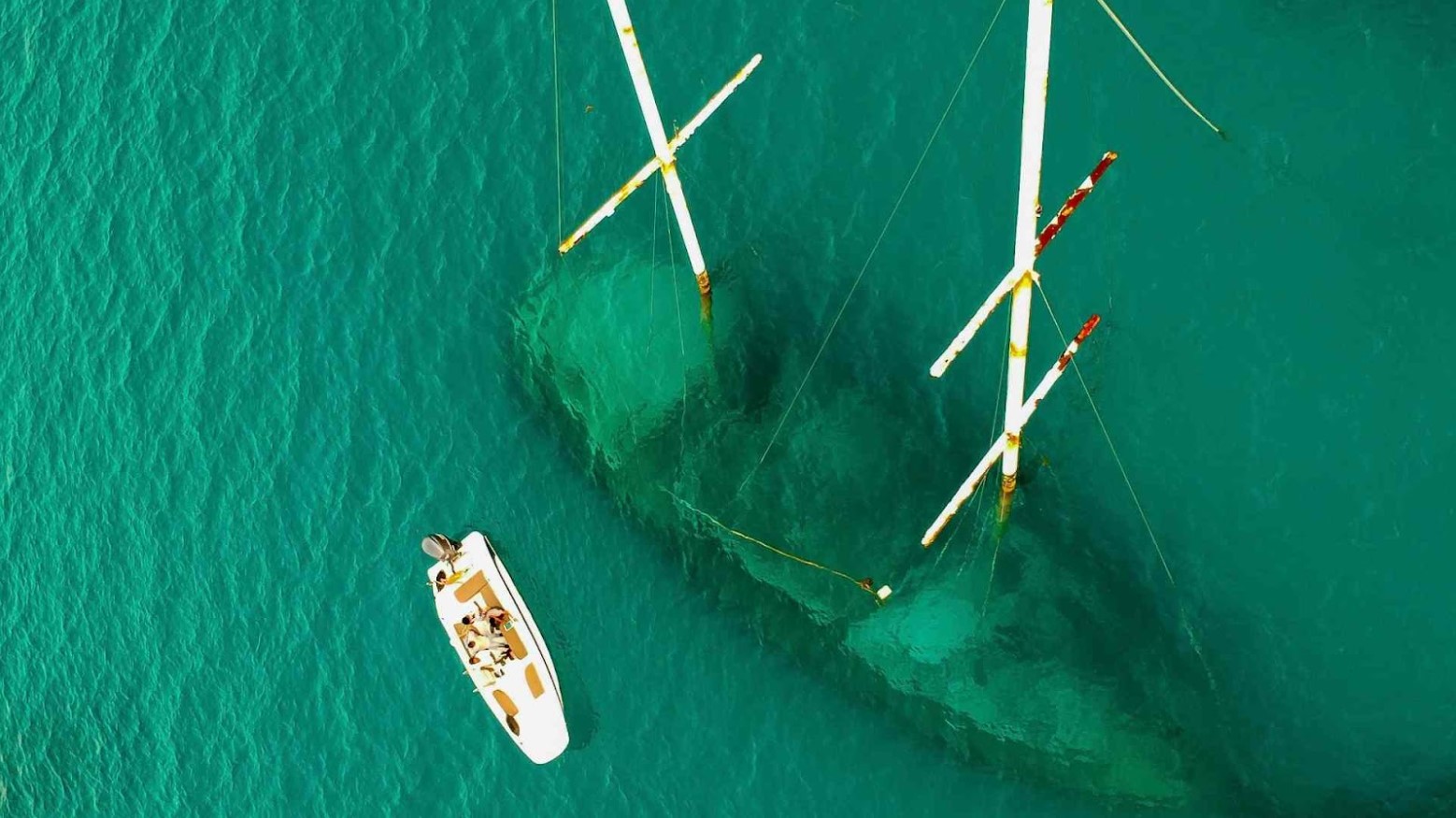
While solo sailing might give someone a sense of fear and danger, they are not among the top types of vessels typically lost at sea. Between 2013 and 2022, cargo ships were the overwhelming leader of lost sea vessels. In that time, 311 cargo ships were reported lost. (via Statista)
The next closest type of vessel lost was fishing vessels, with an estimated 177 missing lost between 2013 and 2022.
How Dangerous Is the Trip between California and Hawaii?
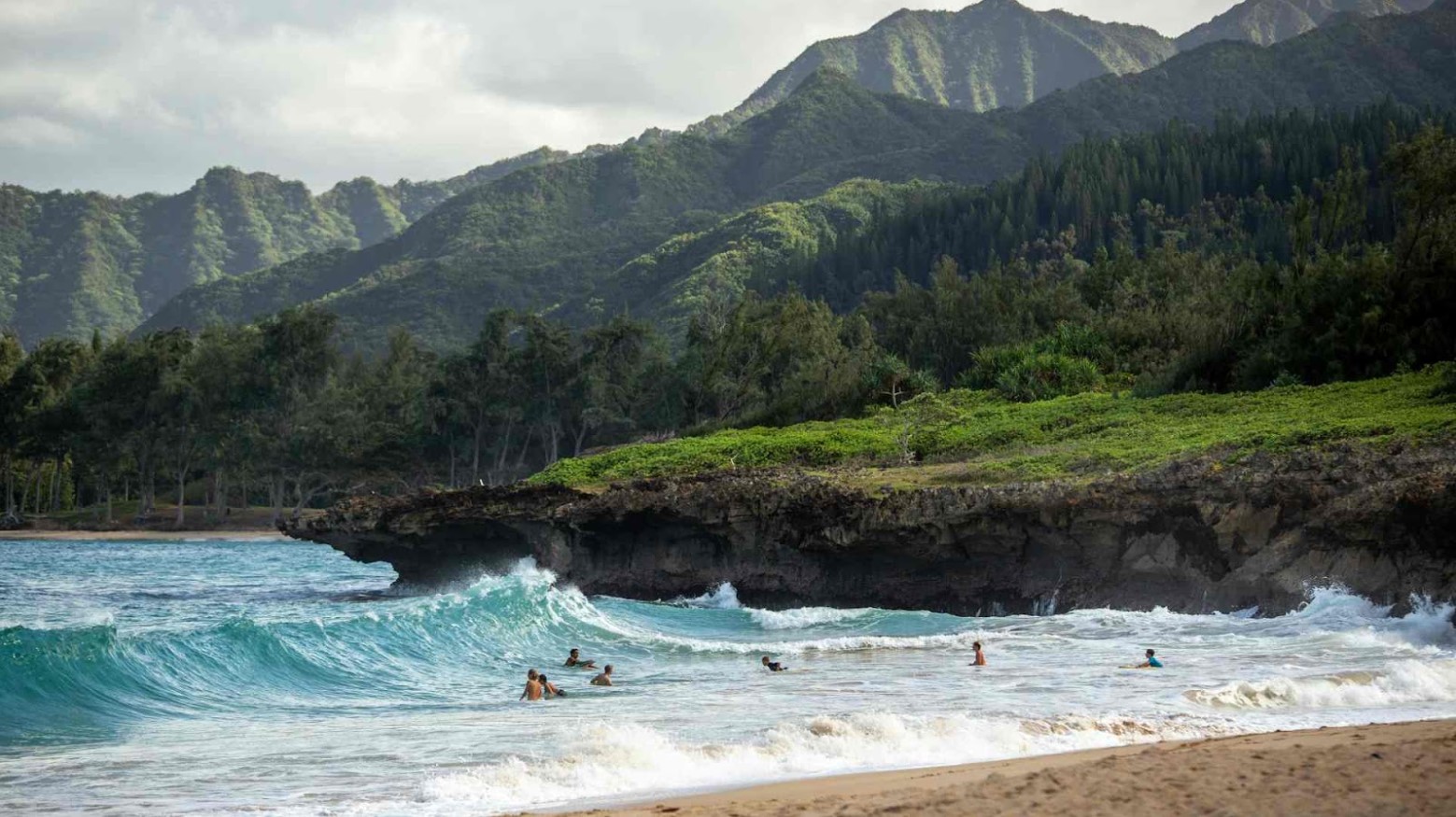
While the trip can be undertaken by experienced sailors, there are still many dangers to consider. The Pacific Ocean can produce some powerful storms that can threaten even the most veteran seaman. For this reason, preparation is important to ensure the success of a trip.
A critical preparation to make is to check weather forecasts and stay off the water during periods of high winds and heavy rain.
Climate Change Makes Storms Worse

The passage to Hawaii is becoming more dangerous over time as global warming temperatures are increasing wind speeds and the severity of storms in all the world’s oceans. Things are getting so bad scientists have recently proposed a new higher-level category of storms to correctly classify this phenomenon. (via The Hill)
This new storm category would be known as Category 6 and would apply to storms with wind speeds that exceed 192mph. This storm scale has not been updated since the 1970s.
Recommendations for Travelers Sailing from California to Hawaii
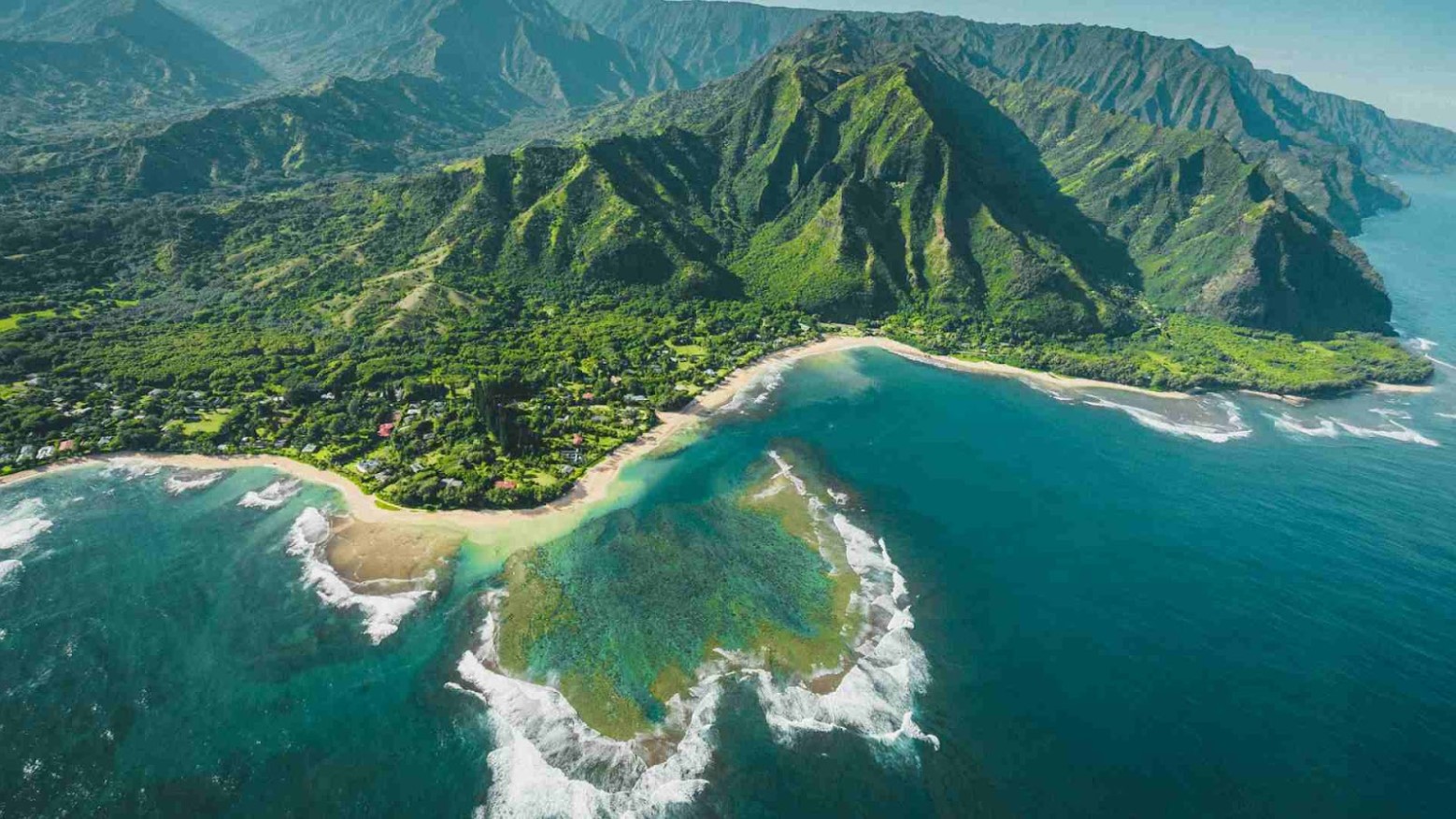
Travel guides are available for interested sailors from places like the American Sailing Association. There are annual races held on the seas where participants attempt to travel from California to Hawaii on the open sea. It is recommended that anyone interested in undertaking the voyage take advanced sailing lessons and learn to navigate the waters.
A direct route to Hawaii from California is easier than traveling to some other parts of the world’s oceans, but one must always prepare properly to avoid consequences like being lost at sea.
